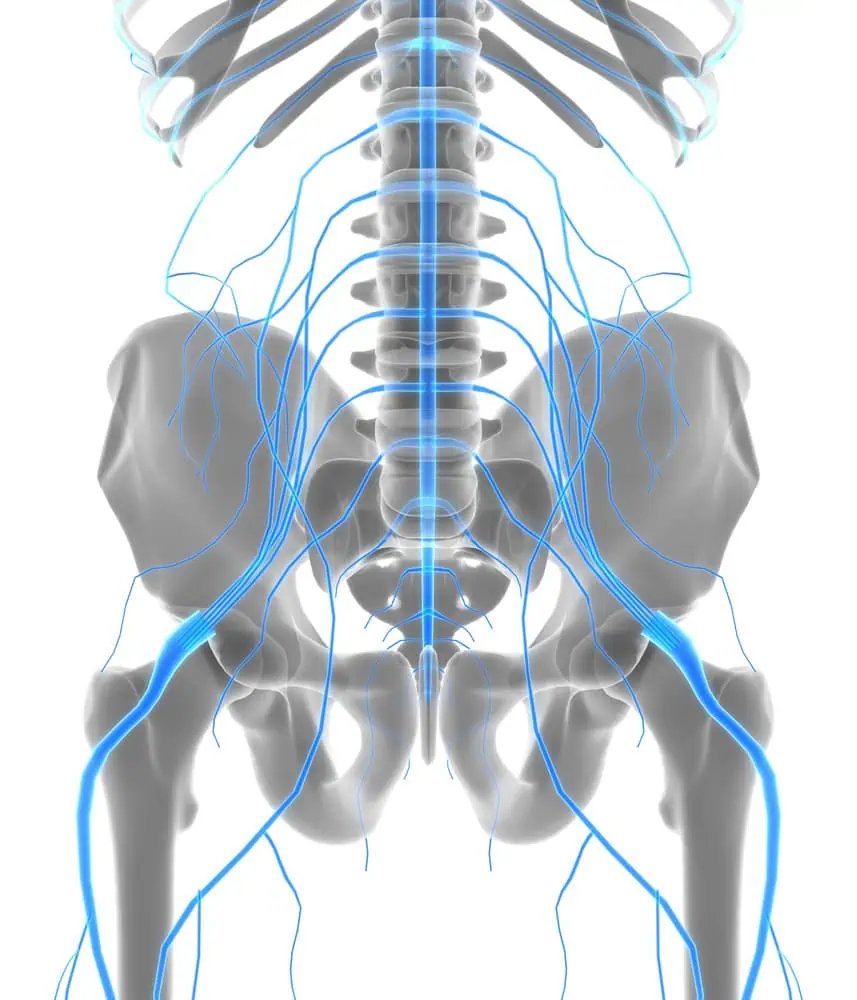Cervical epidural steroid injection procedures are injections administered to relieve pain in the neck, shoulders and arms caused by a pinched nerve or inflamed nerve(s) in the cervical spine. Conditions such as herniated discs, spinal stenosis or arthritis can compress and pinch nerves, causing inflammation and pain. The cervical injection procedure involves injections into the surrounding area that help with pinched nerve pain management and decrease the swelling of the inflamed or pinched nerve(s), in addition to reducing inflammation. Although rare, risks of the cervical epidural steroid injection procedure may include infection, allergic reaction to the medication, spinal headache, nerve damage, and prolonged increase in pain.

Would I benefit from having a Cervical epidural steroid injection?
A cervical epidural steroid injection is typically administered to relieve pain caused by inflamed spinal nerves. This inflammation can be due to several spinal conditions, including:
- Herniated Disc: This occurs when the soft material inside a disc in the spine bulges or breaks open, pressing on nerves.
- Spinal Stenosis: This involves narrowing of the spaces within your spine, which can put pressure on the nerves that travel through the spine.
- Degenerative Disc Disease: This is the breakdown of discs, which can cause bones to rub against each other and put pressure on nerves.
- Spondylolisthesis: This condition happens when one vertebra slips over the adjacent one, impinging the nerve root.
The cervical epidural steroid injection includes a corticosteroid and an anaesthetic agent, delivered directly into the epidural space around the spinal cord and nerve roots. The corticosteroid acts as a potent anti-inflammatory agent, reducing swelling and irritation in the nerve roots, allowing them to heal and providing significant pain relief. The effects of the injection can vary, from providing temporary relief to more extended periods of pain reduction, potentially delaying or even avoiding surgical intervention for spinal issues. It’s essential to discuss with a healthcare provider to determine if this treatment is appropriate for your specific condition.
How Often Should i get the injection?
The frequency of cervical epidural steroid injections varies depending on the individual’s response to treatment and the specific guidelines followed by their healthcare provider. Generally, these injections are given in a series, with the following common practices:
- Initial Treatment: Often, the first injection can provide significant pain relief. If the pain relief is insufficient or wears off after a short period, additional injections may be considered.
- Recurring Injections: If the initial injection is effective, additional injections may be administered if the pain returns. Typically, injections are spaced at least a few weeks apart. Most healthcare providers recommend limiting the number of cervical epidural steroid injections to three or four per year to minimize potential side effects from the steroids.
- Long-Term Management: Continuous monitoring is essential, and the long-term strategy is usually determined by the patient’s ongoing response and improvement. If the injections continue to provide significant pain relief and improve quality of life without adverse effects, they may be continued as part of a broader pain management plan.
- Assessment and Adjustment: It’s crucial for healthcare providers to assess the effectiveness and side effects of the injections for each patient. If adverse effects occur or if injections become less effective, alternative treatments may be explored.
Healthcare professionals generally exercise caution with the frequency of these injections due to potential side effects associated with steroid use, such as increased blood sugar levels, elevated blood pressure, and, in some cases, a diminished immune response. Always consulting with a specialist who can provide personalized advice based on individual health needs is important.

How long is the procedure and recovery period?
The cervical epidural procedure itself is relatively quick, typically taking about 15 to 30 minutes to complete. The process involves the following steps:
- Preparation: You’ll be positioned in a way that allows the doctor easiest access to your cervical spine, usually lying on your side or sitting in a curled position to widen the spaces between your vertebrae.
- Localization: The area of injection is cleaned and sterilized. Often, fluoroscopy (a type of live X-ray) is used to help guide the needle accurately into the epidural space.
- Injection: A local anesthetic is used to numb the area where the needle will be inserted. The epidural needle is then carefully placed, and the steroid medication is injected.
After the procedure, you’ll typically spend a short period in a recovery area where medical staff will monitor you for any immediate reactions. This observation usually lasts about 30 minutes to an hour.
Recovery:
- You may experience some temporary side effects such as soreness at the injection site, facial flushing, or an increase in pain for a few days as the steroids settle.
- It’s generally advised to rest on the day of the injection but avoid prolonged bed rest. Most people can return to their normal activities the next day.
- The relief from pain may begin within a few days to a week after the injection, and the benefits can last for several weeks to months.
It’s important to follow any specific instructions provided by your healthcare provider regarding activities, medication, and follow-up appointments. If you notice any severe or unusual symptoms after the injection, such as severe headache, fever, or worsening pain, you should contact your healthcare provider immediately.
Frequently Asked Questions
1. What are the risks and side effects of cervical epidural steroid injections? Common side effects include temporary pain at the injection site, headaches, and flushing. Rare but serious risks include infection, bleeding, nerve damage, and adverse reactions to the steroid or anaesthetic. Spinal headaches, which occur from spinal fluid leak, can also happen but are uncommon.
2. How quickly can I expect pain relief after the injection? Some patients may experience relief within a few days, but it typically takes about one to two weeks for the steroid to take full effect. The duration of pain relief varies; some may benefit for several weeks to months.
3. How many injections do I need? The number of injections varies depending on your response to the treatment and your specific condition. Generally, these injections are limited to three to four per year to minimize potential side effects from the steroids.
4. Can I drive myself home after the procedure? No, it is recommended that you arrange for someone to drive you home after the procedure. Although it’s a quick procedure, you might experience temporary numbness or weakness, making it unsafe to drive immediately afterwards.
5. Will I need to take time off work after the injection? Most people can return to work the next day. However, if your job involves heavy lifting or strenuous activity, you may need to take a couple of days off or perform light duties for a short period.
6. Is the injection painful?You may feel some discomfort during the injection, but local anesthesia is used to minimize pain. Post-procedure soreness can occur but usually resolves within a few days.
7. How do I prepare for the injection? You may be asked to fast for a few hours before the procedure, especially if sedation is planned. Discuss your medications with your doctor, as you may need to stop taking certain ones before the injection. Wear comfortable and arrange for transportation home.
These FAQs can help guide discussions with your healthcare provider to ensure you fully understand the procedure, its benefits, and its risks.









